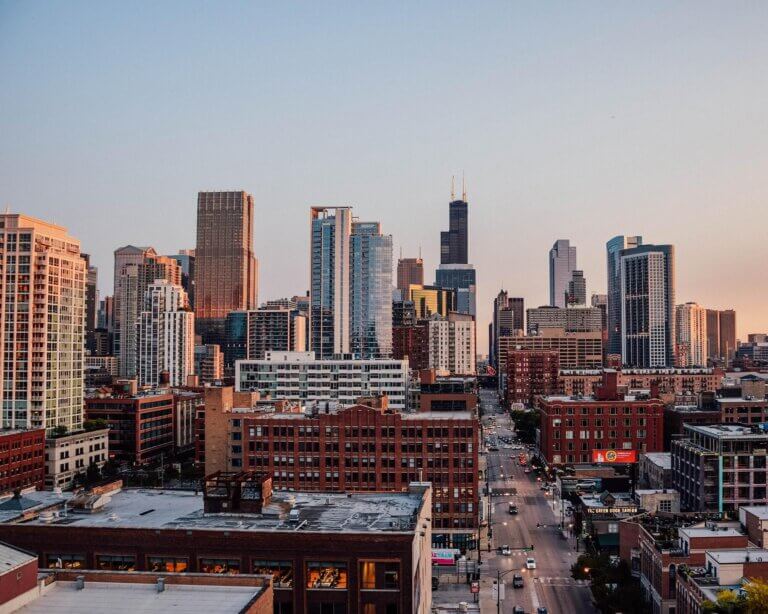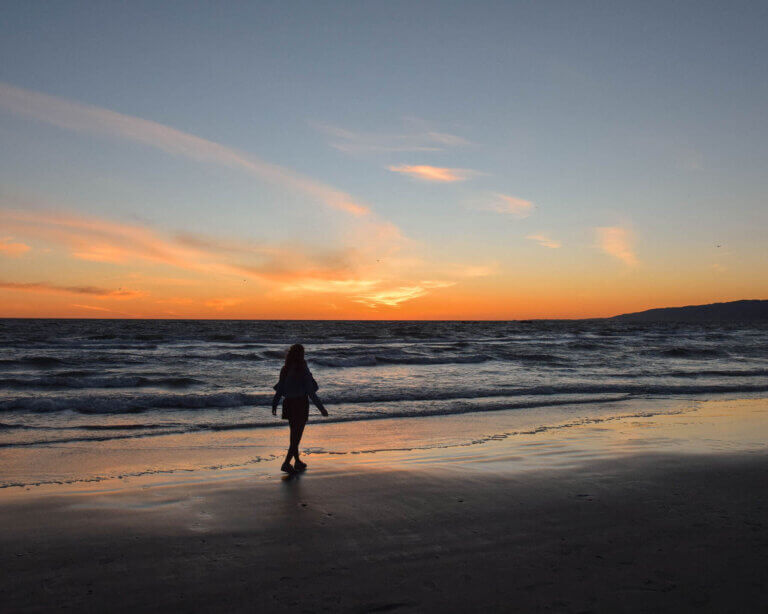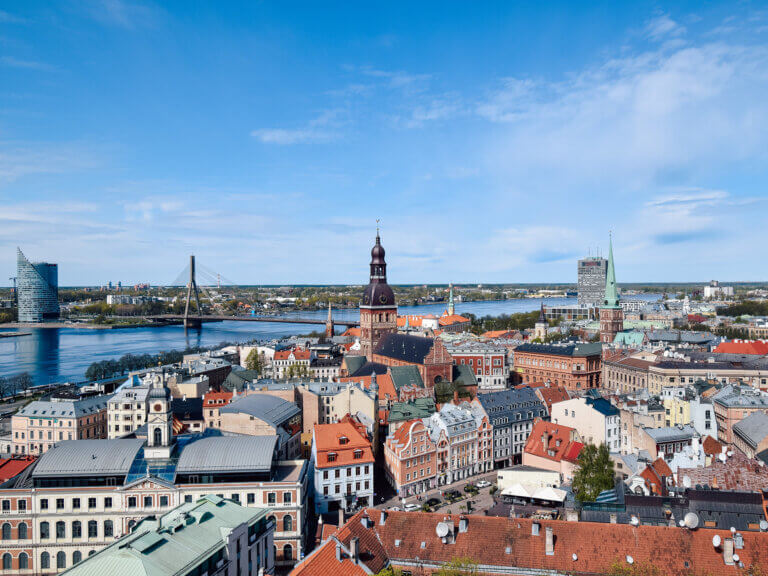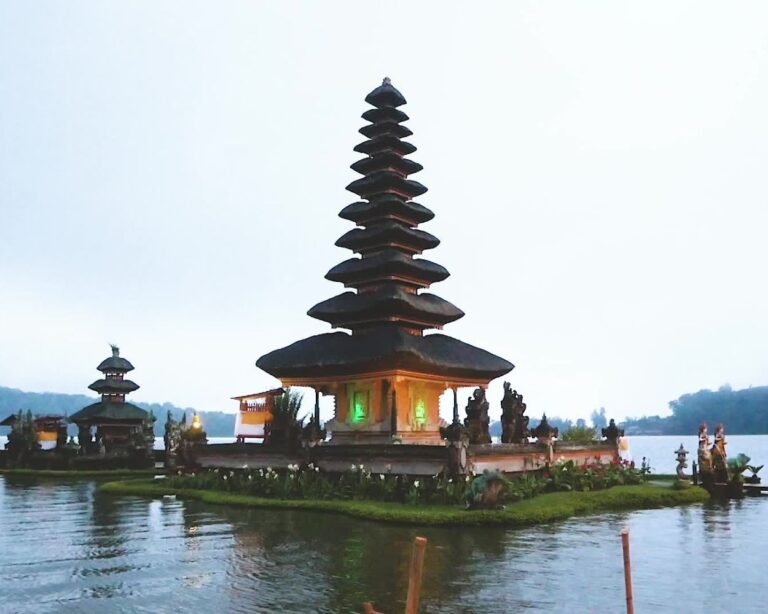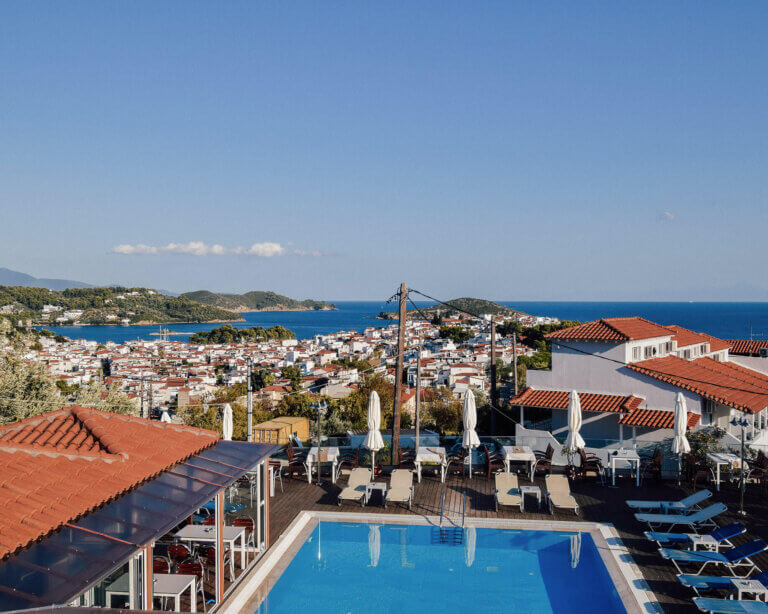A Complete Guide to Visiting Thingvellir National Park, Iceland
When we planned our trip to South Iceland, Thingvellir National Park was at the top of our must-see list.
Spoiler alert: It didn’t disappoint.
Imagine casually strolling between two continents – it’s truly surreal! Beyond that, you can explore crystal-clear waters and dive into the rich history of Iceland’s first parliament. It’s a place where nature and history come together most extraordinarily!
However, before my visit, I found it challenging to figure out how to make the most of everything this incredible place has to offer. That’s why I’ve put together this comprehensive guide to help ensure your Thingvellir experience is as unforgettable as mine.
In this article, you’ll find everything you need to know, from interesting facts about the park and how to get there from popular Icelandic cities to entrance fees, must-see spots, and personal tips for making the most of your visit.
But before that, let’s take a quick look at the history and origin of Thingvellir National Park, one of Europe’s best national parks.
(This post contains affiliate links, which means I receive a certain percentage of a sale if you purchase after clicking.)
History & Origin
This UNESCO World Heritage Site is the birthplace of Icelandic culture, democracy, and geology. Thingvellir, meaning “Parliament Plains,” is where Iceland’s Alþingi, the world’s oldest existing parliament, was founded in 930 AD.
For nearly 900 years, Icelandic chieftains and representatives from across the island gathered here annually to make laws, settle disputes, and discuss important matters.
This open-air assembly continued until 1798, and many of the laws established here paved the way for the modern Icelandic legal system.
Aside from its historical importance, Thingvellir is also a geological wonder. It is located in a rift valley where the North American and Eurasian tectonic plates meet and slowly drift apart.


This tectonic activity has shaped the dramatic landscapes of the park, including its deep fissures and remarkable rock formations.
Today, Thingvellir National Park is a special place where history and nature come together. Here, you can learn about the country’s past, see amazing landscapes, and even go swimming or diving in crystal-clear waters!
How to Get to Thingvellir National Park
The easiest way to get to Thingvellir National Park is as part of an organized tour. Many tours depart from Reykjavík and other major towns, making stops at the park as part of the popular Golden Circle route.
These tours are a hassle-free way to experience Thingvellir, especially if you prefer not to drive yourself. However, if you’re up for an adventure, driving to the park offers more flexibility.
From Reykjavík
Thingvellir National Park is just about 45 kilometers (28 miles) northeast of Reykjavík, making it an easy drive from the capital. The journey typically takes around 45 minutes to an hour by car.
Take Route 1 (Ring Road) out of Reykjavik, heading east. After about 20 kilometers (12 miles), take the exit onto Route 36 (Þingvallavegur). Follow Route 36 for approximately 30 kilometers (18.5 miles) directly to the park.
The roads are well-maintained, and the drive is scenic, passing through lava fields and rolling hills. Along the way, you’ll even have the opportunity to stop at a few viewpoints and small towns if you wish.
While driving is the most convenient way to reach Thingvellir, public transport is also an option, though less direct.
During the summer months, buses from Reykjavík to the park are available, but schedules can be limited, and the journey may take longer due to stops along the way.

From Hveragerdi
Hveragerdi is located about 60 kilometers (37 miles) south of Thingvellir National Park. The drive from Hveragerdi to the park takes around an hour.
Take Route 1 north out of Hveragerdi. Continue on Route 1 until you reach the junction with Route 36. Turn left onto Route 36 and follow it for about 30 kilometers (18.5 miles) to reach the park.
The route is quite scenic, with views of mountains and geothermal fields, making the drive an enjoyable part of your trip.
Check out:
Inni Boutique Apartments – Your Cozy Home in Hveragerdi
From Vík
Vík, located on Iceland’s southern coast, is about 190 kilometers (118 miles) away from Thingvellir National Park. The drive from Vík to the park is longer, taking around 2.5–3 hours.
Take Route 1 (Ring Road) west out of Vík. Continue on Route 1 for about 160 kilometers (99 miles) until you reach the turnoff for Route 35 (Biskupstungnabraut).
Take Route 35 north and follow it for about 25 kilometers (15.5 miles). Turn left onto Route 36 (Þingvallavegur) and follow it for 20 kilometers (12 miles) to reach the park.
This drive takes you through some of Iceland’s most dramatic landscapes, including lava fields, mountains, and rivers. It’s well worth the trip if you’re coming from Vik, as you’ll get to see more of the country’s stunning scenery along the way.
Opening Times & Entrance Fee
Thingvellir National Park is open year-round. The park itself has no closing hours, so you can visit at any time of day or night. However, some facilities within the park, such as the visitor center and restrooms, do have set hours.
The visitor center is open daily from 9:00 am to 6:00 pm during the summer months (June to August). In the winter (September to May), the hours are usually reduced to 9:00 am to 4:00 pm.
NOTE: If you’re planning to dive or snorkel in the Silfra fissure, it’s important to note that tour operators have specific schedules, so I highly recommend booking in advance and confirming the timing.
One of the things I love about Thingvellir National Park is that it’s free to enter, making it one of Iceland’s most accessible attractions. There are no entrance fees for exploring the park’s trails, historical sites, or natural wonders.

However, while entrance to the park is free, there is a parking fee of around ISK 750 (approximately $5.50) per vehicle for a full day.
Payment can be made at parking meters located in the parking lots, and the ticket should be displayed on your vehicle’s dashboard.
Access to the main visitor center is free, but there may be a small fee for special exhibits or events hosted within the center.
What to See at Thingvellir National Park
Now that you’ve learned enough about Thingvellir, it’s time to talk about the real reason you’re going: the breathtaking sights!
Öxarárfoss
Öxarárfoss is perhaps Iceland’s best-kept secret. It’s one of those places that makes you do a double-take. Although it’s smaller than its more famous Icelandic waterfalls, it’s still a sight to behold.
Getting there is half the fun since you’ll walk right through the crack between the North American and Eurasian tectonic plates.
In spring and summer, Öxarárfoss looks like something out of a postcard, with crystal-clear water pouring over moss-covered rocks. Since we visited in winter, the waterfall was entirely frozen which was still a pretty magical sight.

Fun fact: this waterfall is man-made! Yes, the Vikings were smart and redirected a river to build this breathtaking waterfall.
Silfra Fissure
The Silfra fissure is one of the most extraordinary natural wonders within Thingvellir National Park.
Silfra, located in the rift between the North American and Eurasian tectonic plates, is a water-filled crack that provides a one-of-a-kind opportunity to dive or snorkel between two continents – a geological marvel that you can’t experience anywhere else on Earth!
What makes Silfra even more fascinating is the origin of its crystal-clear waters. The water in the fissure begins its journey at the Langjökull glacier, the second-largest glacier in Iceland.
Throughout 30 to 100 years, this glacial meltwater slowly travels through miles of porous lava rock. This natural filter makes the water incredibly pure and clear, so you can see for ages underwater!
It’s so cold, though, so you’ll need a dry suit. Don’t worry if you’re not a pro diver, guides will assist you. Snorkeling in Silfra is possible too.

There are four main sections to explore within Silfra: Silfra Big Crack, Silfra Hall, Silfra Cathedral, and Silfra Lagoon. Each offers a different perspective of the fissure’s unique underwater landscape.
The Big Crack is the narrowest part of the fissure and where you are closest to the tectonic plates, while the Cathedral is the deepest section, with a depth of around 23 meters (75 feet).
Thingvellir Church
Thingvellir Church is a charming historical landmark that adds to the park’s dramatic landscapes. You can’t miss it – it’s right in the heart of Thingvellir National Park.
And it’s not just pretty to look at, it’s a place full of history. This white wooden church, accented with a distinctive green border, was consecrated in 1859 and has been a symbol of Icelandic cultural and religious life ever since.
The church’s simple yet elegant design is characteristic of Icelandic rural architecture from the 19th century. Its clean white exterior and green-trimmed wooden facade are a classic example of the traditional style.

Even if you’re not religious, it’s worth stepping inside for a moment of peace. The church is super chill and has this calming atmosphere.
Plus, you can imagine what it was like for people back in the day to come here for worship amidst such a wild and beautiful setting.
Almannagjá Gorge
Almannagjá Gorge is a canyon where the Earth is splitting apart. Here you can walk between the North American and Eurasian tectonic plates.
The path itself is relatively easy and flat, making it a pleasant walk. The most amazing part, however, is the fact that you’re crossing the gap between two massive tectonic plates that are slowly drifting apart!
This phenomenon creates a remarkably beautiful scene, with towering rock walls on either side and a sense of being in a geologically significant location.

And the best part? You can combine this otherworldly adventure with a visit to Öxarárfoss!
Starting your journey from the southern end near the visitor center, you can easily complete a round trip that includes a visit to the waterfall and a leisurely walk through the gorge.
Lögberg (Law Rock)
Lögberg, or Law Rock, stands as one of the most historically significant sites within Thingvellir National Park, serving as a painful reminder of Iceland’s deep-rooted heritage in governance and legal tradition.
This ancient site is where the earliest assemblies of Iceland’s parliament, the Alþingi, were held, making it the location of the world’s oldest continuous parliament.
The Law Speaker was able to address the gathering with remarkable clarity thanks to the unique acoustics provided by Lögberg’s location and surrounding cliff edge.
Personal Tips For Visiting Thingvellir National Park
To make the most of your trip, pack your hiking boots, layer up, and keep an eye on the weather. Iceland’s weather is as unpredictable as its landscapes, so be prepared for anything!
And of course, don’t forget to respect nature. Stay on the trails, keep noise down, and leave no trace. And while those stunning photos are tempting, remember safety first. Stay away from cliff edges and slippery rocks.
Last but not least, Thingvellir is a place to slow down and soak in the beauty. Enjoy the scenery, breathe in the fresh air, and let the park’s magic work its spell!

Check out:
8 Stunning Waterfalls to See in South Iceland
Inni Boutique Apartments – Your Cozy Home in Hveragerdi
Iceland’s Golden Circle Route – The Ultimate Guide
Like it? Pin it!


Do you want to travel like me?
Here are some of my favorite travel tips and resources:
Flights: I prefer using CheapOair to book flights. I often search for “Anywhere” to uncover the best flight deals!
Accommodation: Booking.com is my favorite site to find some great hotel deals.
Travel Insurance: There are many reasons why travel insurance is important and I never travel without one. I use the simple and flexible one from SafetyWing that protects me against unforeseen events.
Tours: I love taking tours to explore destinations like a local. My favorite website to book them in advance is GetYourGuide.
Camera Gear: I use a Nikon D5300 camera with an 18-105 mm and a 10-20 mm wide-angle lens to take my photos.


